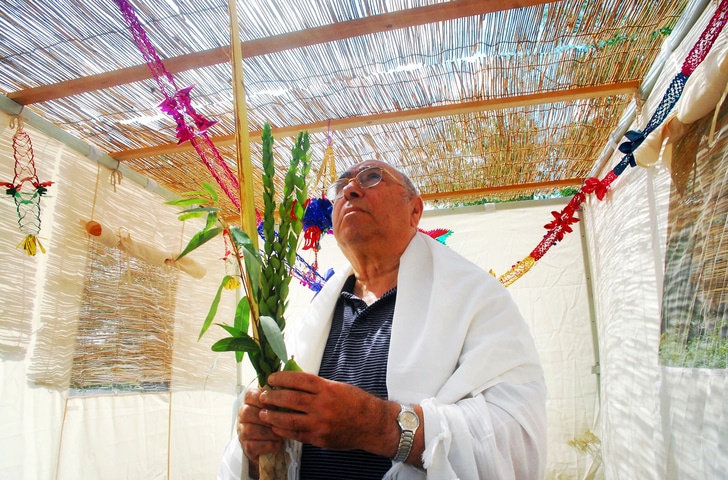-
02 October 2017

You can certainly say that the fall holidays have us going in circles! The High Holidays remind us of our personal life cycle, how we should embrace every day with appreciation and make the most of our time on earth. Then comes Sukkot, and the tradition of circling the synagogue with palm and citron, waving them in all directions searching for unity and salvation, and then taking meals in a very temporary structure. And on the eighth day we pray for rain, the key to successful harvest cycles. What is the takeaway for us, since mostly we are not farmers but live in a modern, high tech society?
Over the last month, many individuals across our country have experienced the impact of Hurricanes Harvey and Irma. We have seen the devastation of these two storms, and the resulting destruction that they’ve brought to the affected regions. In the wake of the storms, many families were unable to access their homes, and thus had to turn to friends, family, and temporary shelters to house them.
Judaism values rituals that are symbolic, using annual cyclical engagement with objects and behavior to shape attitudes and nurture sensibilities. In the Jewish tradition, we have the opportunity every year to feel the vulnerability of being outside of the solid, stable walls of our homes. On the holiday of Sukkot, Jews traditionally construct temporary dwellings, open to the sky, in which we spend a week eating, socializing, and even sleeping. Most of the time, this is a fun, quirky part of the Jewish calendar. We decorate the walls, strain to see the stars through the openings in the roof, and host friends in a set up that looks something like a cross between camping and marathon cooking.
But what is the deeper purpose behind making ourselves vulnerable to the elements as a ritual rather than a real life and death situation?
In the Torah, one of the commandments of Sukkot is: “You shall reside in sukkot (booths) for seven days; every citizen of Israel shall reside in sukkot, so that for generations you will [remember and] know that when I took the children of Israel out of Egypt, I settled them in sukkot. I am the Lord your God (Leviticus 23:22-23).”
The Jewish idea of remembering is always tied to a physical ritual that concretizes the abstract, and points towards empathy and action.
We remember how vulnerable we are by re-enacting an aspect of the harvest; living in booths to gather the source of our sustenance before winter rains ruin it.
We remember that our story isn’t complete; the exodus from Egypt led to wandering in the wilderness open to the elements. God’s sheltering Presence helped us survive and we are to do the same for others, hosting guests for meals and fellowship.
Through reading Ecclesiastes we remember that everything is temporary on some level, and appreciate all that we have for as long as we have it, and strive to share our gifts with others.
Sukkot gives us an opportunity to confront our vulnerabilities—but we do so within the framework of community, where rituals also show how we can be fortified against the down parts of our life cycle. Author Brene Brown says, “Embracing our vulnerabilities is risky but not nearly as dangerous as giving up on love and belonging and joy – the experiences that make us the most vulnerable. Only when we are brave enough to explore the darkness will we discover the infinite power of our light.” What a wise tradition where we explore the darkness through rituals that help us live our life cycle with strength.
The Jewish Federation of Greater Washington embraces all community members, at our strongest and our most vulnerable. So go out and celebrate—join hands and dance in a circle, and as we complete the annual Torah reading cycle, wish each other “chazak, chazak, venitchazek,” be strong and stronger yet, and strengthen one another.
